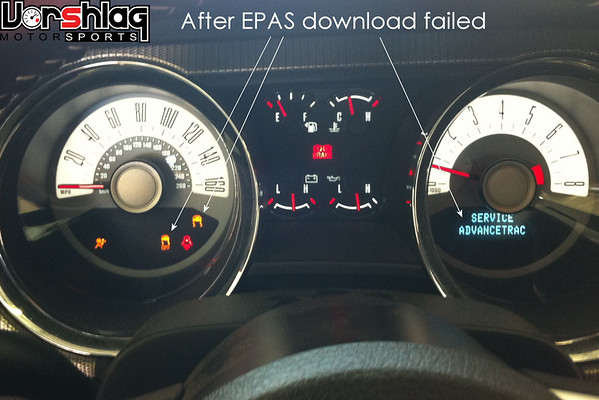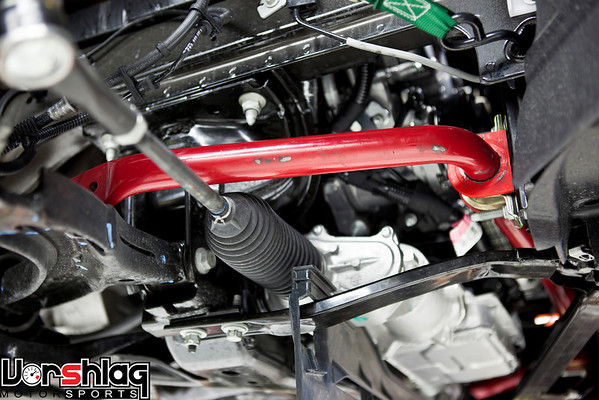I have Steeda Ultralite springs, Koni Str T's, GT500 upper strut mounts, Eibach cam bolts, & BMR adjustable panhard bar for me.
Are your wheels still the stock diameter?
I have Steeda Ultralite springs, Koni Str T's, GT500 upper strut mounts, Eibach cam bolts, & BMR adjustable panhard bar for me.
Are your wheels still the stock diameter?
I too feel a noticeable difference in steering feel when I go into "sport mode" or w/e.
I wish I had a way of measuring it.
No shimmying or shuddering or anything in my car, but my wheels and sus[ension are still 100% stock (sadly).
Did a little test today on the way home from work just for SAG. Put my car in sport mode and got up to 65 and higher on the highway. The wheel started shuddering going straight and more so in the turns and sometimes going away and coming back in the middle of a sweeping turn. While I was going straight and the wheel was obviously shuddering, I hit the Advancetrac button to turn it back on and the shuddering went away immediately. Didn't do it for the rest of the trip home. I know the general manager of a local Ford dealership and told him of my issue and he is doing some research for me.

Kicking up an old thread. I saw somebody suggested it earlier but did anybody actually disconnect the PCM's signal? From the diagram I saw its just
Power
Ignition
Ground
CAN +
CAN -
I couldnt care about what lights it might throw just how the steering itself responds to losing the Canbus signal.
Maybe someone can come up with something similar to a "mil eliminator" to plug into the steering rack. Throw some dip switchs on it and you could "TUNE" it.
What would be better is FORD realizing this is an problem and issuing a TSB for it. They have already done so for the gt500's that had the same exact issue.
What TSB are you referring to? This is the first time I've heard of it.
What TSB are you referring to? This is the first time I've heard of it.


I tried to get the TSB for the GT500 EPAS software uploaded on my 2011 GT's steering rack. The software was totally wrong and caused this epic fail...
Needless to say it was FUBAR and I immediately asked the brilliant mechanics at my local Ford dealer to remove that software and reflash the EPAS with the old OEM software. At least it wasn't lit up like a Christmas tree, but still had "the shudder of death".
I've talked to many movers and shakers in the aftermarket about this issue. If you have changed the front LCA bushings in your 2011+ GT or Boss or GT500 it will bork up the EPAS software. I am about to do the front bushings again on my 2013 GT (the stock bushing is a big hydraulic marshmallow and screws up geometry under braking and cornering), and once again will probably have to buy the $999 racing steering rack (which is a stock rack without the goofy software issue).
If/when Ford will step up and offer this revised "Race" software for normal street cars is anyone's guess. Likely never.
Good luck,
